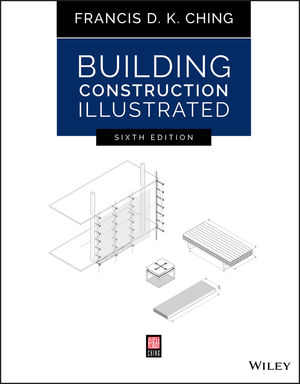A new permit by rule recently approved by the Texas Commission on Environmental Quality could lead more commercial and industrial facilities to use combined heat and power (CHP) technologies for their power needs.

Existing permitting regulations state that a CHP system – regardless of building site or its megawatt capacity – falls under the strict rules for electric generating units, requiring a permit that critics say is very restrictive on emissions.
“So even if you were putting in a small one or two megawatt facility on your site, you had to follow the permitting rules that were set up for huge power plants, and it’s become problematic as they required a lot of pollution control devices which can be cost prohibitive for small systems,” says Paul Cauduro, executive director of the Texas Combined Heat & Power Initiative.
This latest move by the TCEQ could usher in greater use of smaller CHP facilities.
Texas already has one of the largest CHP capacities in the United States, and is home to 137 CHP sites with a combined installed capacity of nearly 17,000 MW, the U.S. Department of Energy’s Gulf Coast Clean Energy Application Center reports. That’s compared to 59 CHP sites with a combined installed capacity of nearly 6,000MW in neighboring Louisiana, for example.
“If you look out at the existing fleet of CHP [in Texas] today, the average size of those units is probably larger than 100MW; so they’re very large,” says Dan Bullock, director of the GCCEA. “Those big projects are not going to be impacted by this PBR, so the new rule only pertains to projects that are less than 15MW.”
The new PBR makes for a much faster way of attaining air permit compliance for smaller CHP facilities, and reduce regulatory delays, being attainable within ten days, Cauduro says.
More specifically, the PBR states that it allows permitting of natural gas-fired CHP units up to a capacity of 8MW without additional controls and up to 15MW with additional controls, without the expansive emission control requirements that large power plants must meet. Instead, “the PBR includes emission limits for pollutants of concern, and appropriate monitoring, testing, and recordkeeping requirements to allow TCEQ to verify compliance,” the rulemaking states.
The PBR is also expected to eliminate some equipment cost associated with CHP systems, according to the TXCHPI. That includes expensive pollution control systems required under the past, expansive CHP regulations.
Bullock says the PBR will open up some new market areas for smaller projects, which may not have been pursued in the past for a variety of reasons, such as economy of scale, limited staff and skill sets to evaluate such projects at smaller installations and lack of capital.



